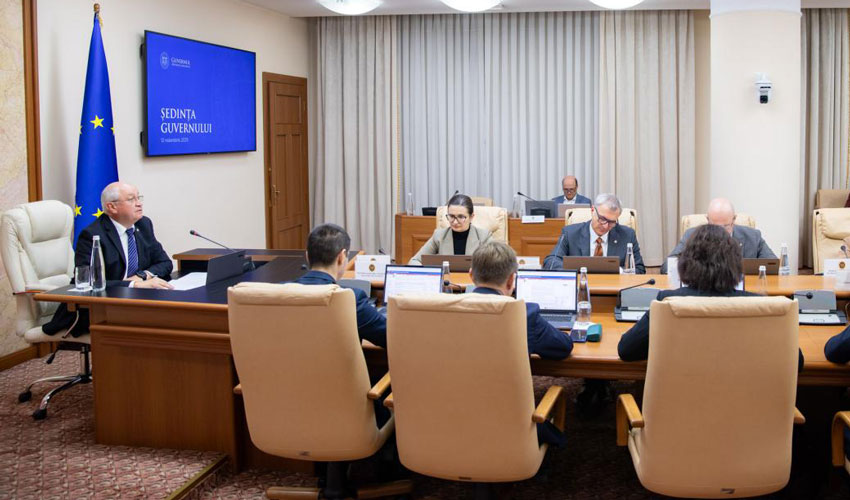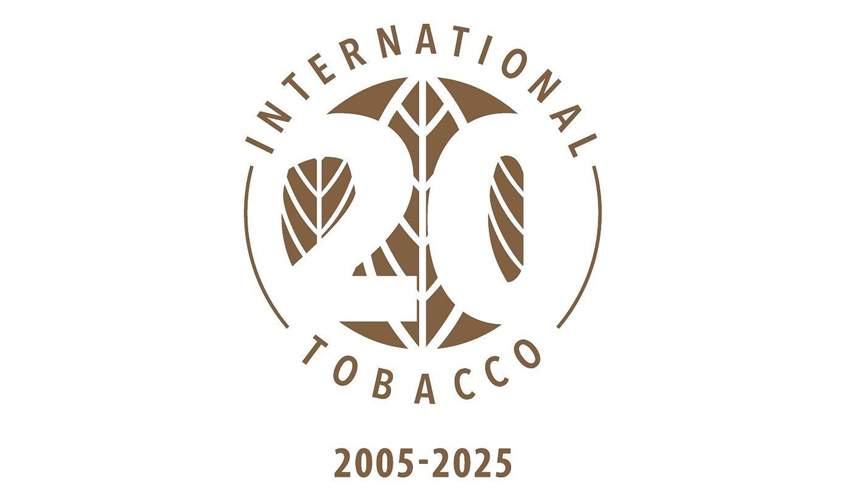
Foto: Graeme Sloan / ddp USA / Profimedia
Such conclusions are contained in the latest report on the country by the International Monetary Fund. The Fund’s experts note that the Romanian economy is going through an ambiguous period, when every decision of the authorities in the field of economic policy matters and can lead to the most unexpected consequences. Including from the point of view of fiscal stability and the country’s rating. However, investments under the national development program can partially alleviate the pressure, but only if structural reforms are brought to completion, the IMF notes.
HotNews.ro cites specific figures from the Fund’s report. The IMF estimates that real GDP will grow by 1.0% in 2025 and 1.4% in 2026, which is modest compared to the potential of the Romanian economy over the past decade.
The main source of support for growth will be the acceleration of investment under the PNRR, while private consumption will slow down markedly due to:
– persistent high inflation;
– higher taxation (including VAT increase);
– necessary fiscal consolidation in 2025-2026.
Exports will not be able to compensate for the weakness of domestic consumption, as labor costs are rising faster than labor productivity, undermining external competitiveness.
As a conclusion, IMF experts in their report characterize Romania as a country in a fragile equilibrium: with economic growth but below potential; with declining but still too high inflation; with continued European investment but with real fiscal risk; with ambitious reforms on paper but delayed in practice.
Based on this, the IMF believes that the key factor in the 2025-2026 period will be confidence: fiscal, institutional and governance. Without it, a country’s rating, financing costs, and growth prospects remain vulnerable.













